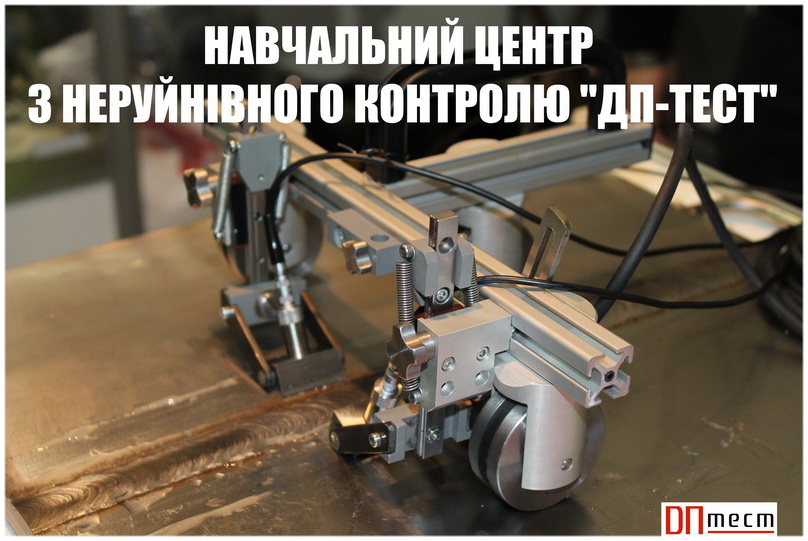The master's dissertation consists of six sections, 111 pages, contains 40 illustrations, 21 sources were processed.
Relevance of the topic: ultrasonic methods of non-destructive testing have become widespread in metallurgy, mechanical engineering, construction, assessment of the quality of welds and the condition of operating materials and structural elements. Ultrasound does not destroy or damage the sample and is characterized by high speed and reliability of the study in the absence of danger to humans. Timely control helps to identify defective products in the early stages of production, to establish the suitability for operation of existing structural elements and to prevent accidents. Therefore, the improvement of qualitative and quantitative indicators of control by ultrasonic methods is an urgent area of development of non-destructive testing.
The purpose of the study: To find solutions for the modernization of the hardware of the device, which will automate the control process and increase its reliability.
Objectives of the study:
- to study modern standards for ultrasound control;
- to analyze methods of signal processing in existing ultrasonic devices and systems;
- to propose a method to increase the efficiency of probing signal generation, which will increase the reliability of control and automate the process of data collection and processing.
- on the basis of theoretical research to develop an ultrasonic device that uses a wireless information transmission system.
Object of research: methods of ultrasonic thickness measurement and defectoscopy.
Subject of research:
- the process of signal formation on a piezoelectric transducer, reception and processing of the received echo pulse.
Scientific novelty:
- The phenomenon of electric damping, its expediency and method of implementation are investigated.
- A mathematical model of the ultrasonic path for theoretical calculations, which takes into account the effect of electrical damping on the waveform.
Practical value:
- A more efficient algorithm for excitation pulse formation is proposed, which increases the efficiency of the ultrasonic tract.
- An ultrasonic control device has been developed, which implements an electric damper circuit and includes a wireless data transmission channel, which allows to increase efficiency and improve resolution.
Keywords: ultrasonic non-destructive testing, electrical damping, wireless data transfer channel, pattern pulse forming
Research advisor: A. Protasov









